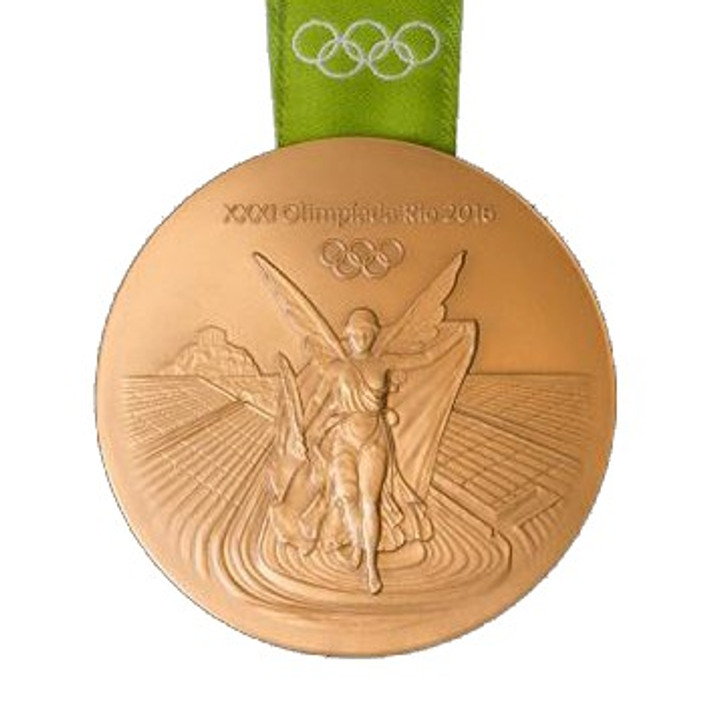The Olympic spirit continues here at Stethoscope.com
In relation to all cardiac health matters, we were fascinated to read about the Gold Medal Mutation, a hereditary gene that stimulates bone marrow to produce red blood cells.
This mutation, Hereditary Polycythemia, was discovered by Albert De La Capelle after studying the blood of Finnish Nordic skier Eero Antero Mäntyranta and 97 of his family members. De La Chapelle discovered a mutation to the erythropoietin hormone (EPO) receptor in Eero and many of his family members. The result of this mutation in effect “switches off” bone marrow’s red blood cell (RBC) circuit breaker causing people to have higher levels of hemoglobin than people without this mutation through higher than normal RBC production.
For a competitive athlete, higher RBCs and hemoglobin are a competitive advantage as this gives increased endurance due to the greater levels of oxygen being carried to the muscles. In fact, synthetic EPO is a banned performance enhancing drug in Olympic competitions. Other elite athletes with who have been noted to high hemoglobin levels are Italian cyclist Damiano Cunego and Norwegian Nordic skier Forde Estil. As nice as is it to think of naturally having an endurance advantage over the competition. Doctors note this mutation has significant health risks. These risks include blood thickening, thrombosis, blood clots, heart attacks and stroke.

